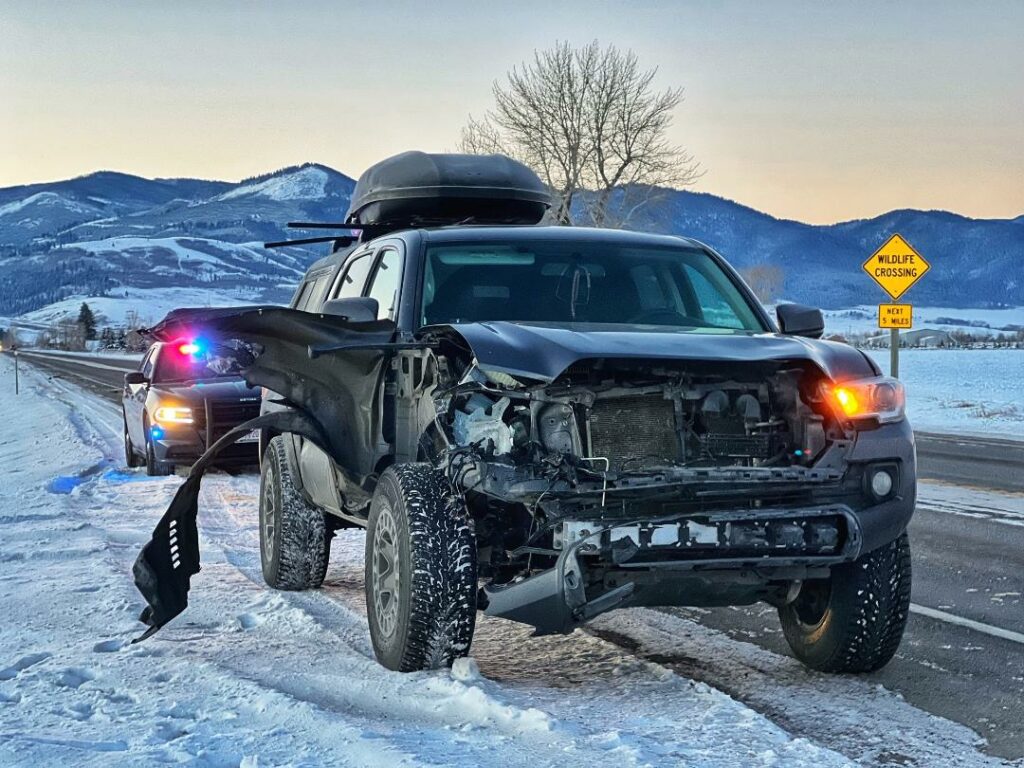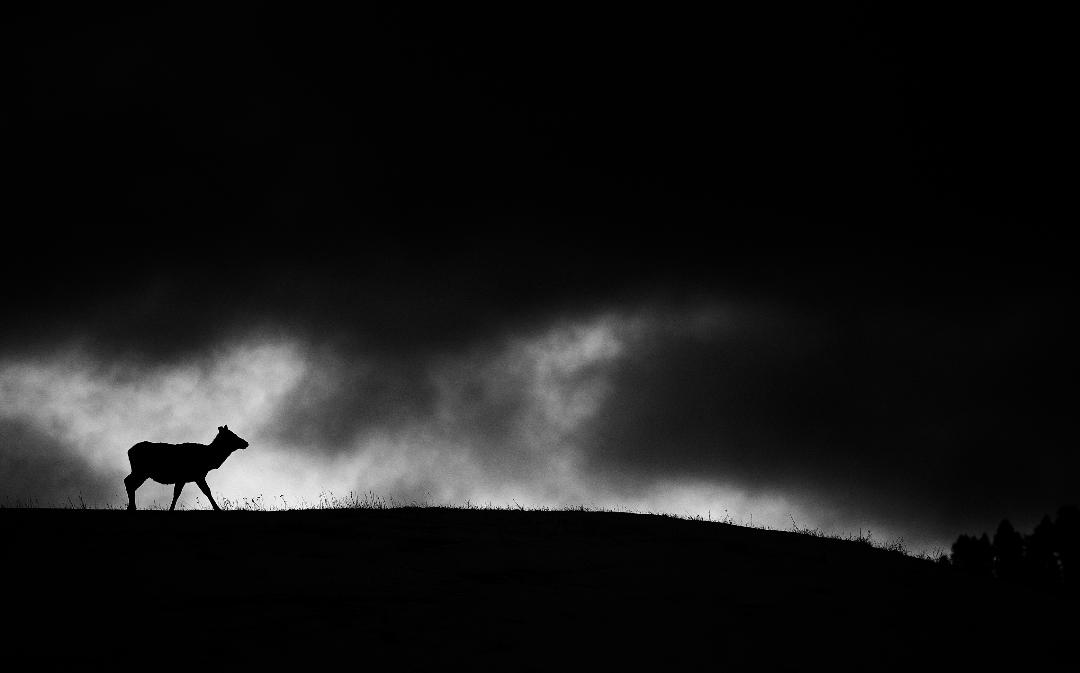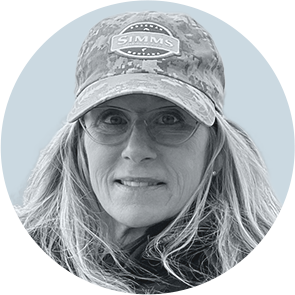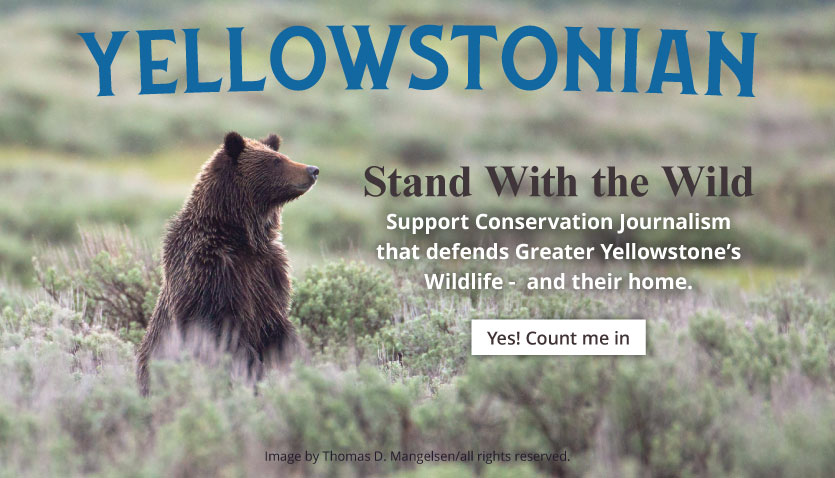
“On the horizon.” Just the phrase alone can carry so many meanings. For me, a longtime resident of Gallatin Gateway, Montana and transplant from Thomasville, Georgia, it carries the weight of what’s to come as the reach of sprawl expands without much thought or planning in the south end of the Gallatin valley.
Since landing here in 1995 to manage an equestrian program for our well-known bison rancher and rockstar conservationist Ted Turner, I’ve seen the valley morph into an almost unrecognizable bustle of human activities, expansion and lack of understanding of our wild counterparts who are wandering the landscape trying to make a daily living.
Covid brought the masses to the mountains, and it has been full steam ahead since. I am not anti-development; however, I do oppose development without thought and science applied to preserve exhilarating natural spaces for us and accessible pathways for wildlife to travel safely.
I’ve come to the realization that “we” as residents and visitors who travel from all parts of the globe to experience Greater Yellowstone will have to create parameters and restrictions to Keep the West Wild.
On any given morning my eyes pop open before sunrise to get horse chores done and start my work day. Traversing through the quiet, early morning streets with my camera, I am fortunate to take a moment here and there with elk, eagles, fox, osprey, coyotes, cranes, bears and bobcats. As a nature photographer and wildlife documentarian who has focused on the southern end of the Gallatin Valley, conservation is a personal passion.
Sharing my images with you here at Yellowstonian, I am hopeful they will awaken the inner voice and humanity of residents, lawmakers, and visitors alike to protect and leave space for bees to bears and everything in between.
We don’t have to be everywhere as a species and may not be able to accommodate every person who wants to live here, that is if we cherish the viewsheds, clean water, clean air, wildlife, and general splendor of our valley or wherever you may live. Somewhere along the way a good number of people have lost respect for the natural world and the importance of being good stewards. The Gallatin Valley is far from ordinary and is a key area for biodiversity found between Bozeman and Yellowstone, part of a strong genetic matrix of species large and small.

We are behind the proverbial eight ball on designating and reserving wildlife corridor space at the south end of the valley. Several groups are banding together to complete studies for human and wildlife safety. Just this winter, biologists with the Montana Department of Fish Wildlife Parks GPS collared four elk to track their movements and identify crossing points along highways.
Two cow elk were collared on the east side of US Highway 191, and two others on the west of that busy thoroughfare. A total of 10 collared elk is the stated goal. The data collected will be used to determine elk travel patterns, their common highway crossing points and the development characteristics of the land that they utilize.
The past couple of winters I helped gather wildlife roadkill information on Highway 191 and spur roads around Gallatin Gateway, where new subdivisions are rapidly covering former ranch and farm land that was conducive to wildlife movements.
Counting wildlife mortality is a sobering and sometimes sad way to start the day. The Bozeman-based Center for Large Landscape Conservation has been collecting data to help identify appropriate areas for possible wildlife overpasses and underpasses along US 191 which would reduce collisions, protecting the lives of both motorists and wildlife alike.
One early morning in November, three elk were hit by one driver after he drove out of Gallatin Canyon headed north toward the airport in the wee hours. If the variable message board had been working, blinking “CAUTION: Wildlife on Roadway,” could this have been avoided?
The science shows that we get numb to the presence of most signs, however when I spoke to the out of state driver and asked if the sign would have gotten his attention, his answer was “Yes.”
As residents, we all feel the squeeze—rapidly expanding infrastructure, traffic congestion, the need for more services and related rising taxes to pay for them, fading hunting opportunities, aggressive drivers, light pollution at night and deterioration of the general beauty and natural splendor of our valley.
People leaving the cities see wide open spaces that appear far better than the blighted landscapes they left; others are witnessing the disappearance of farms and ranches that have been such important puzzle pieces in the fabric of the the Greater Yellowstone Ecosystem.

Several large landowners have nobly chosen to protect their land through conservation easements at the south end of the valley as a tool that works for their families and benefits all of us who were drawn here originally because of the pastoral character. I am grateful to them and hopeful that many others will follow suit. They are heroes.
“The Trail Less Traveled” column will focus on both the triumphs and the struggles of our wildlife counterparts. My goal is to visually show people what species are trying to make a daily living right out their back door and inspire the community to get involved, stay informed and show compassion for our wildlife and each other.
Even small changes in our behaviors and the way we build or cluster development can make a big difference for wildlife as they traverse and adapt to the mosaic of human development.
So I hope you will join me from time to time and enjoy my musings presented along with photography, videos and trail camera footage.
Subscribe
Never miss a story, subscribe to our newsletter!







